Layer cakes look amazing but can be tricky to make perfect. Many home bakers struggle with common problems that lead to lopsided, dry, or messy results. I’ve gathered the biggest layer cake mistakes to help you avoid them.
With these tips and a few foolproof recipes, you’ll be creating bakery-worthy cakes in no time!
1. Skipping Room Temperature Ingredients
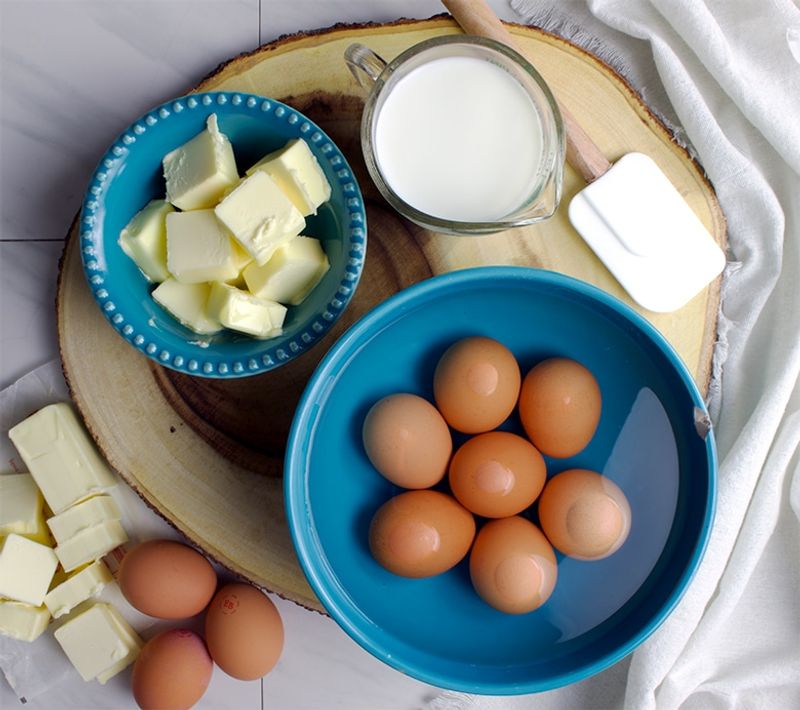
Cold butter and eggs won’t blend properly. They create lumpy batters that bake unevenly.
Set ingredients on the counter 1-2 hours before baking. In a hurry? Place eggs in warm water for 5 minutes and cut butter into small pieces to speed things up.
2. Uneven Layer Slicing
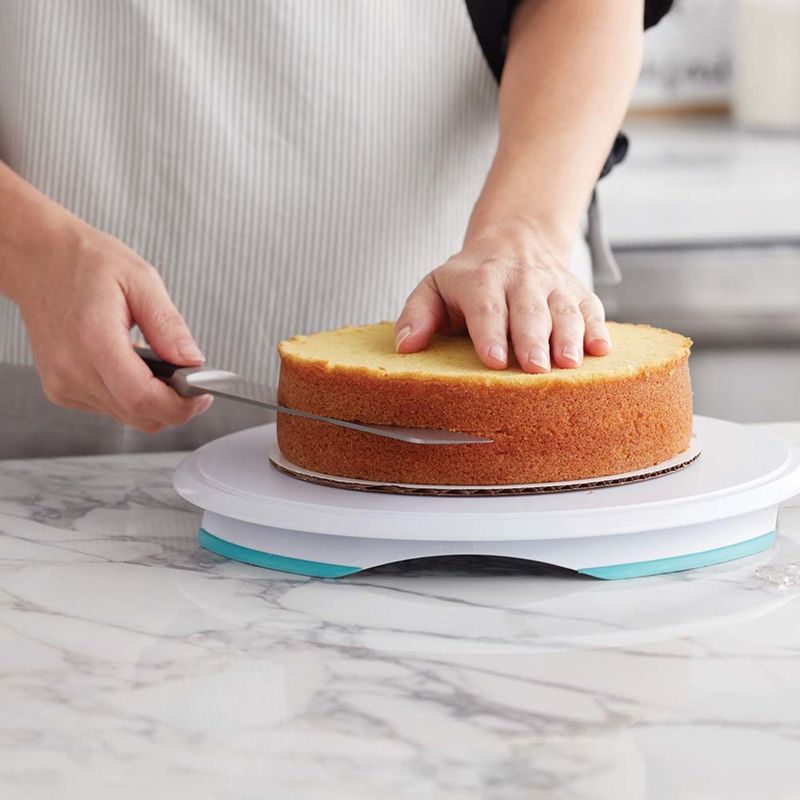
Wonky layers make for tilted cakes that might even slide apart! Most home bakers eyeball their cuts and end up with mismatched layers.
Use a cake leveler tool or stretch dental floss tightly between your hands. Mark the halfway point on your cake with toothpicks as cutting guides.
3. Rushing The Cooling Process
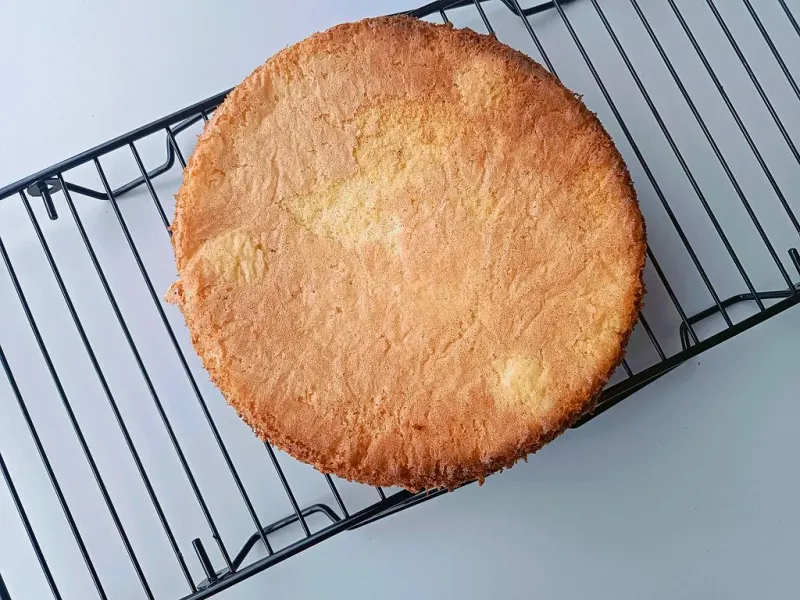
Warm cakes + frosting = disaster! The heat melts your frosting, creating a slippery mess that slides right off.
Cool layers completely on wire racks for at least an hour. For faster results, wrap cooled layers in plastic and chill in the freezer for 30 minutes before frosting.
4. Forgetting The Crumb Coat
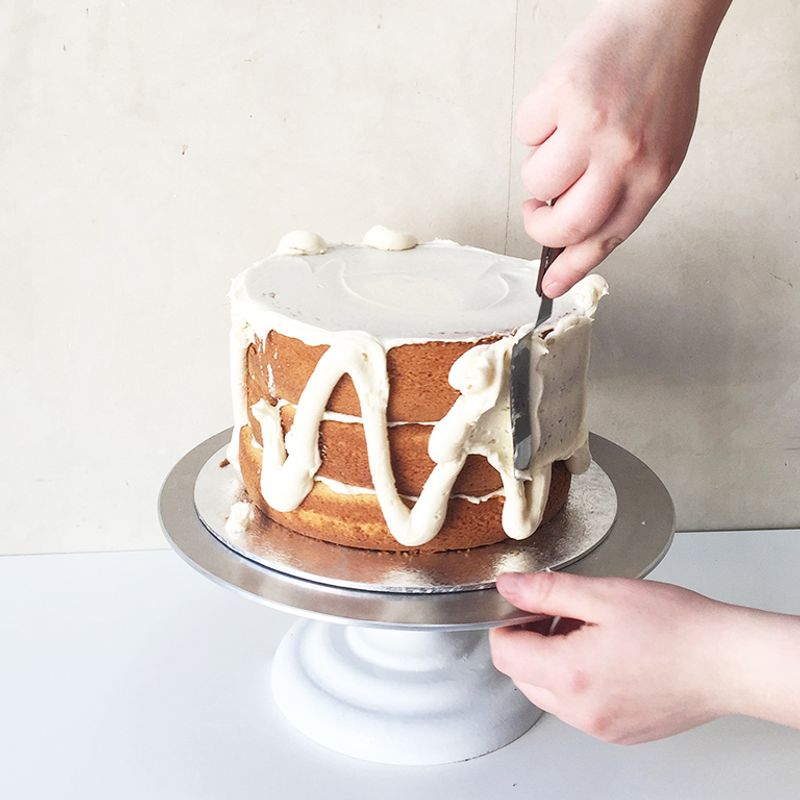
Skipping this step leads to crumbs throughout your frosting. Nobody wants a spotty-looking cake!
Apply a thin layer of frosting all over the cake first. Chill for 15-20 minutes until this layer firms up. Then add your final, pristine layer of frosting without any pesky crumbs showing through.
5. Overfilling Your Layers
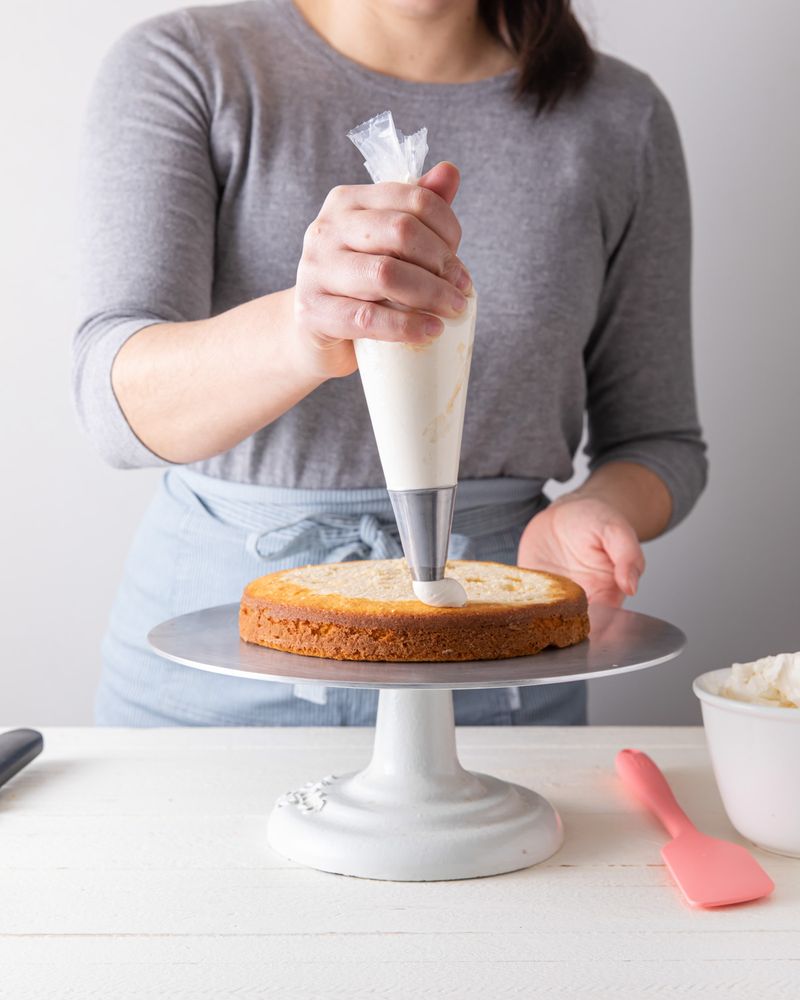
Too much filling squishes out the sides when you stack layers. This creates a mess and makes your cake unstable.
Keep fillings about 1/4 inch from the edge. Pipe a frosting “dam” around the perimeter first to contain looser fillings like fruit or custard.
6. Using The Wrong Tools
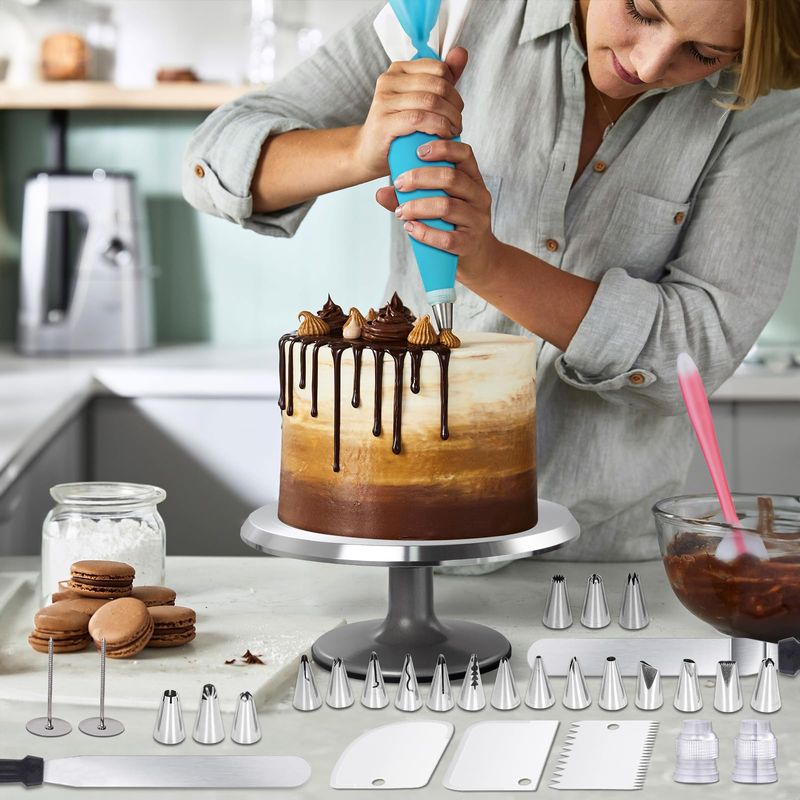
Kitchen knives and dinner plates won’t cut it for professional-looking cakes. Proper tools make a huge difference!
Invest in a few basics: offset spatula, bench scraper, turntable, and cardboard cake rounds. These affordable tools transform your decorating experience and results.
7. Frosting Too Thin Or Thick
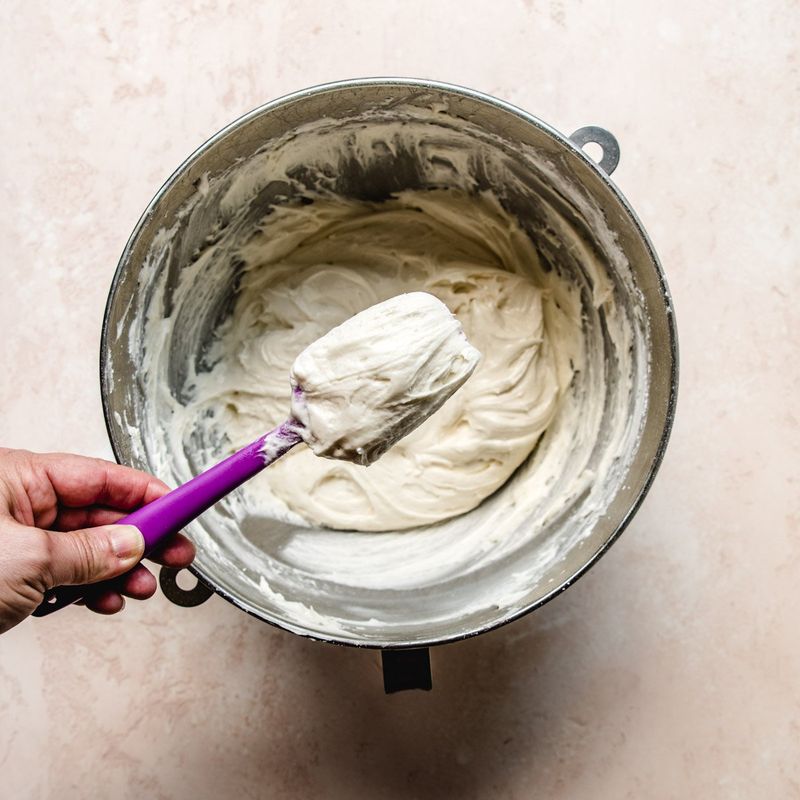
Runny frosting slides off. Rock-hard frosting tears your cake layers. Balance matters!
Buttercream should hold soft peaks and spread easily without dripping. Too thin? Add more powdered sugar, a tablespoon at a time. Too thick? Add milk or cream by the teaspoon.
8. Forgetting To Level Cakes
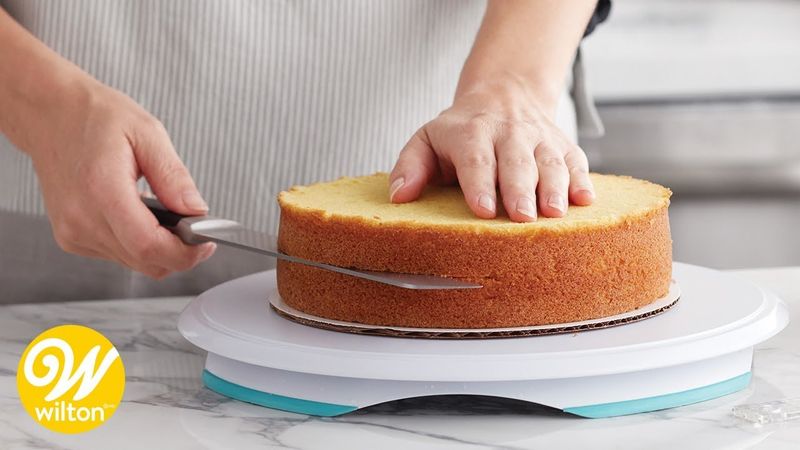
Domed cake tops create wobbly stacks. That classic rounded top needs to go!
Use a long serrated knife to slice off the dome after cooling. Save those scraps for cake pops or trifles – no waste! A flat surface ensures layers stack perfectly with even frosting between.
9. Skimping On Support
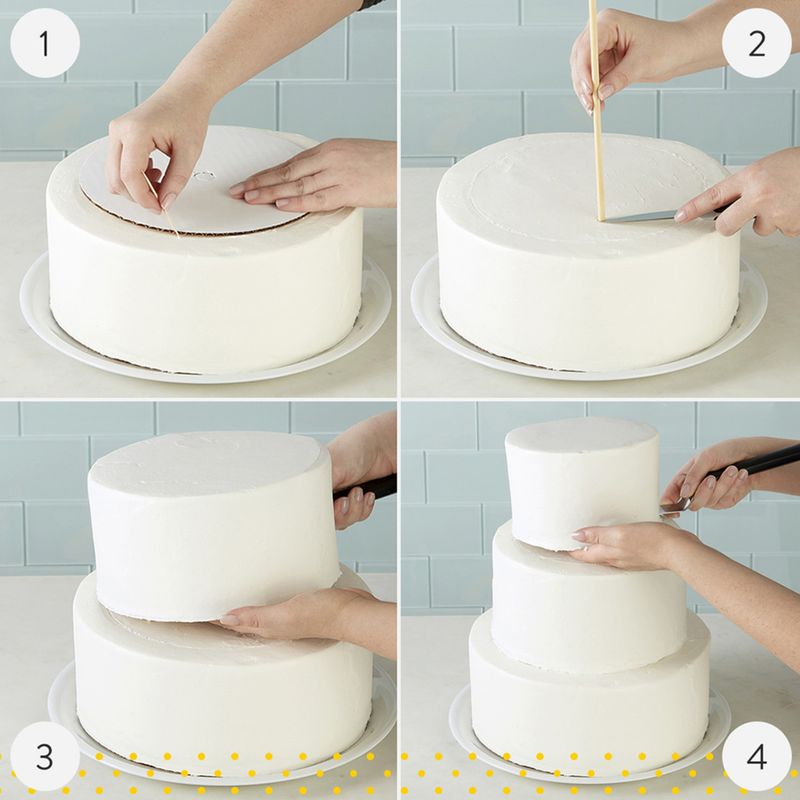
Tall cakes need internal structure. Without support, layers can shift or collapse, especially during transport.
Insert food-safe dowels or straws vertically through layers for cakes taller than three layers. Cut supports flush with the cake top. For tiered cakes, add cardboard rounds between tiers.
10. Measuring Flour Incorrectly

Scooping directly with measuring cups packs in too much flour. This leads to dry, dense cakes instead of fluffy ones.
Fluff flour with a fork first. Spoon it gently into measuring cups, then level with a knife. Better yet, use a kitchen scale – professional bakers weigh ingredients for consistency.
11. Overbeating The Batter

Mixing too long activates gluten, creating tough, rubbery cakes. The texture should be tender, not chewy!
Mix just until ingredients combine. Stop when you no longer see flour streaks. For butter cakes, cream butter and sugar thoroughly, but once flour is added, mix minimally.
12. Using Cold Frosting
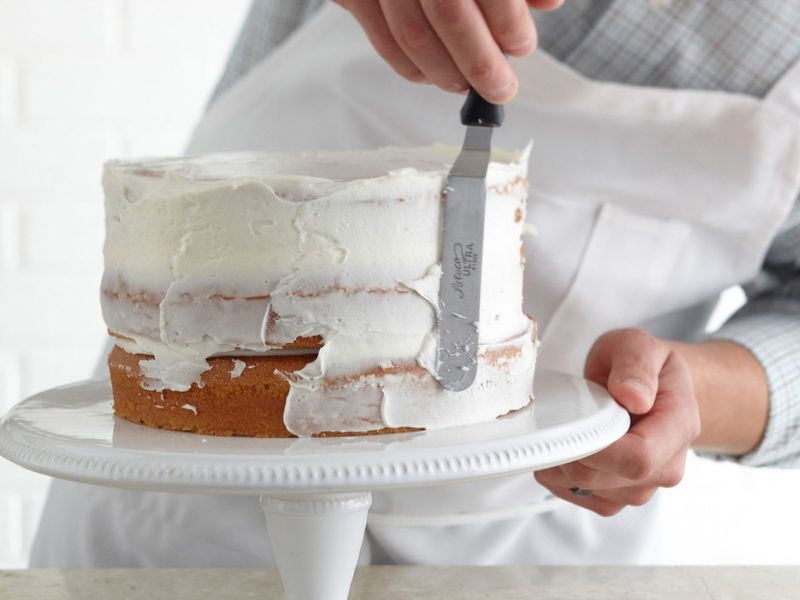
Refrigerated frosting tears delicate cake layers like sandpaper on tissue paper! Room temperature matters here too.
Let refrigerated frosting sit at room temperature for 30 minutes before using. Stir well to restore smooth consistency. Never microwave buttercream – it can separate and become grainy.
13. Ignoring Pan Preparation
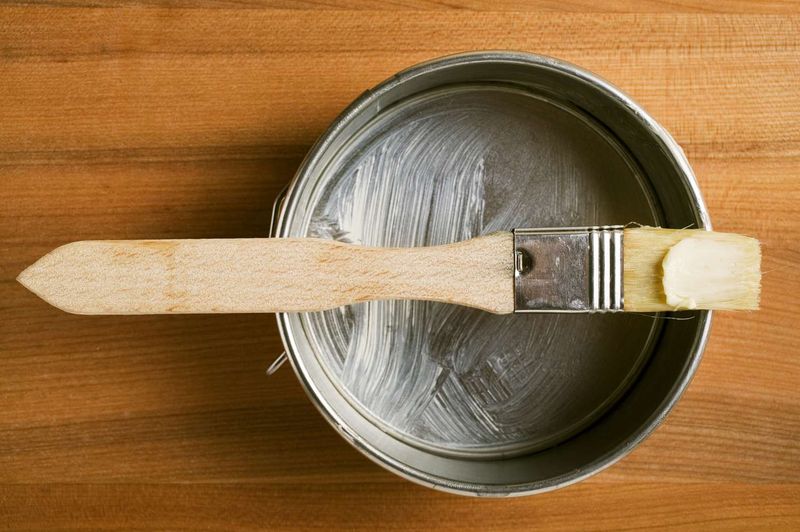
Stuck cake layers lead to broken, crumbly messes. Proper pan prep prevents heartbreak!
Grease pans with butter or shortening, then dust with flour. For chocolate cakes, use cocoa powder instead of flour to avoid white residue. Parchment paper circles on the bottom provide extra insurance.
14. Decorating Warm Cakes

Patience pays off! Working with warm cakes leads to melty, sliding disasters.
Chill assembled cakes for 30 minutes before final decorating. This firms up frosting between layers. For intricate piping work, refrigerate again after the crumb coat until the frosting feels firm to the touch.
15. Classic Vanilla Layer Cake Recipe

This foolproof vanilla cake delivers perfect texture every time. The secret? Cake flour and buttermilk for tenderness.
Mix dry ingredients separately from wet ones. Alternate adding them to creamed butter and sugar. Bake in two 8-inch pans at 350°F for 25-30 minutes until a toothpick comes out clean.
16. Chocolate Fudge Layer Cake Recipe
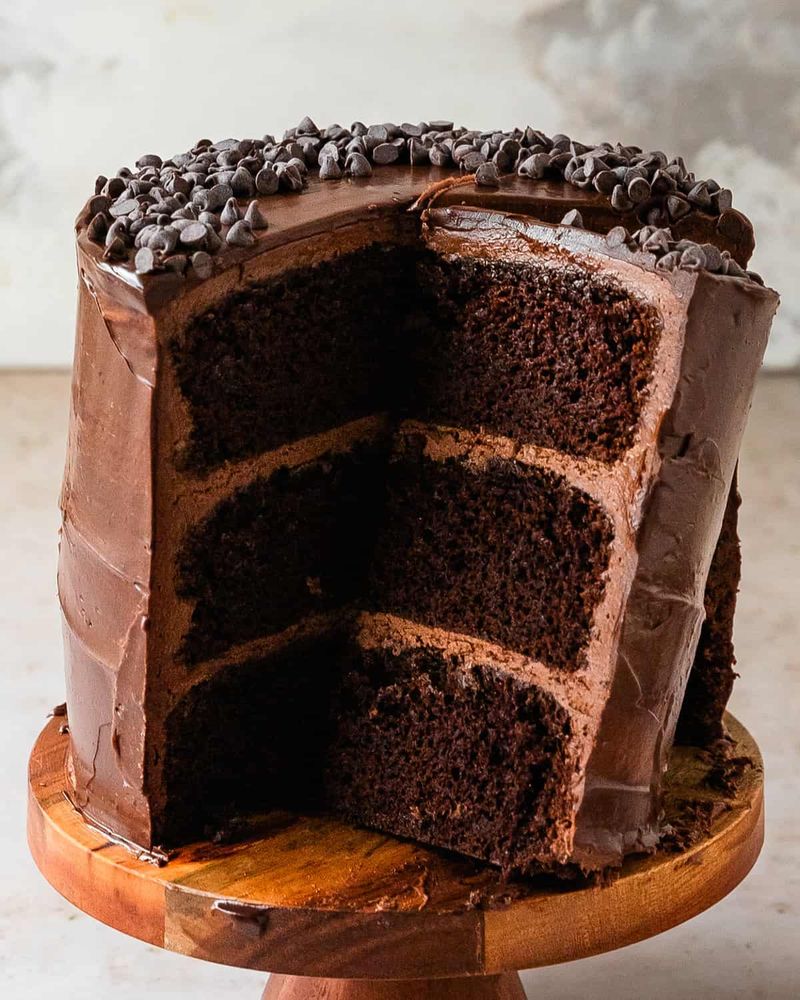
Rich, moist chocolate cake that’s surprisingly simple! Coffee enhances the chocolate flavor without tasting like coffee.
Use Dutch-processed cocoa for deeper color. Add hot coffee last to bloom the cocoa flavors. Bake in three 6-inch pans for a tall, impressive cake that stays moist for days.
17. Lemon Raspberry Layer Cake Recipe
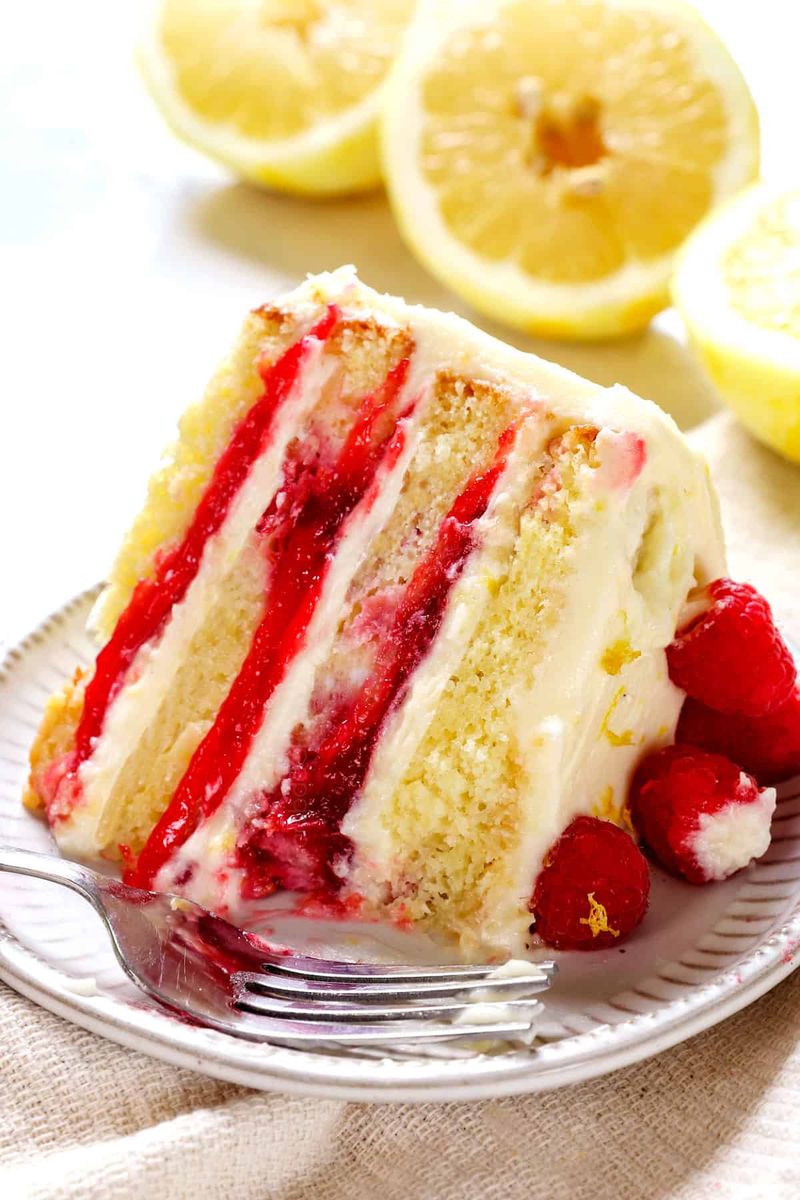
Bright lemon cake paired with tart raspberry filling creates perfect balance. The contrast of flavors impresses everyone!
Add lemon zest to the batter for intense flavor. Cook down fresh raspberries with sugar for filling. Pair with cream cheese frosting that cuts through sweetness with its slight tanginess.
18. Red Velvet Layer Cake Recipe
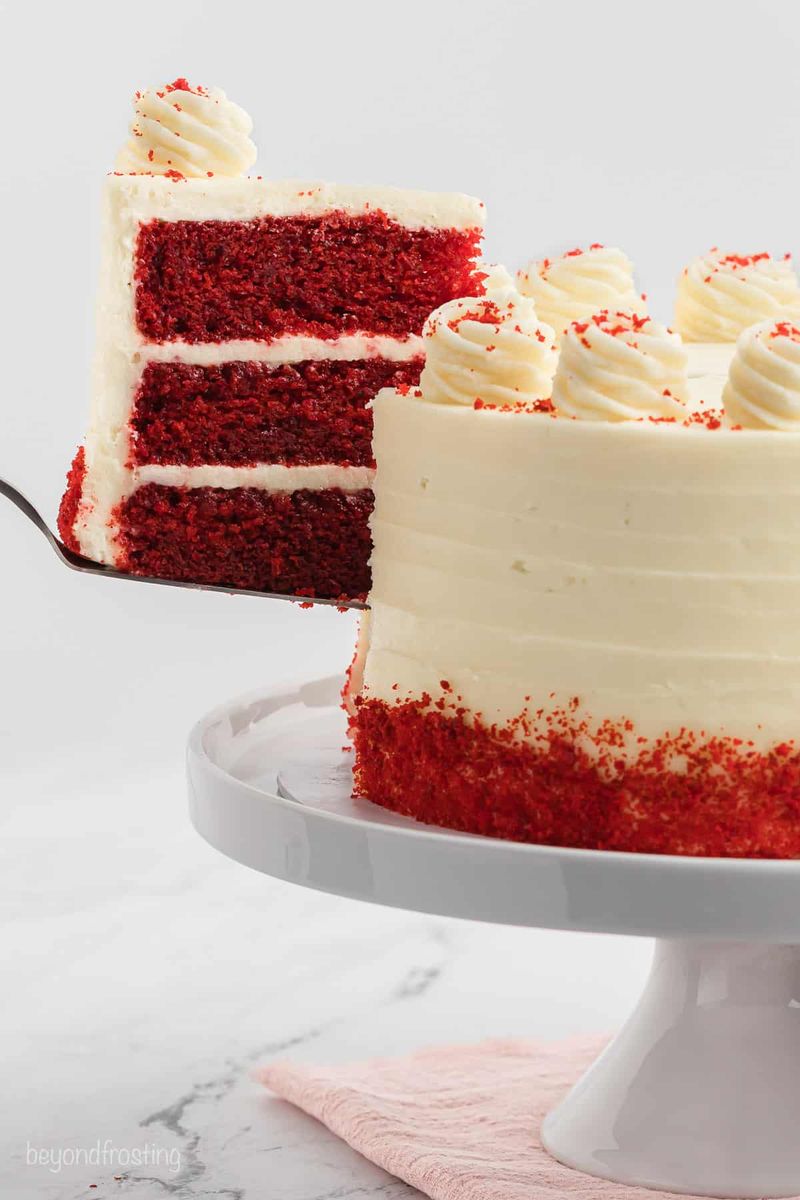
This Southern classic combines subtle cocoa with stunning color. The traditional cream cheese frosting provides the perfect tangy complement.
Use gel food coloring for vibrant red without affecting texture. Include a tablespoon of vinegar to react with baking soda – this creates the cake’s signature velvety crumb. Frost with classic cream cheese icing.
19. Ignoring Weather Conditions
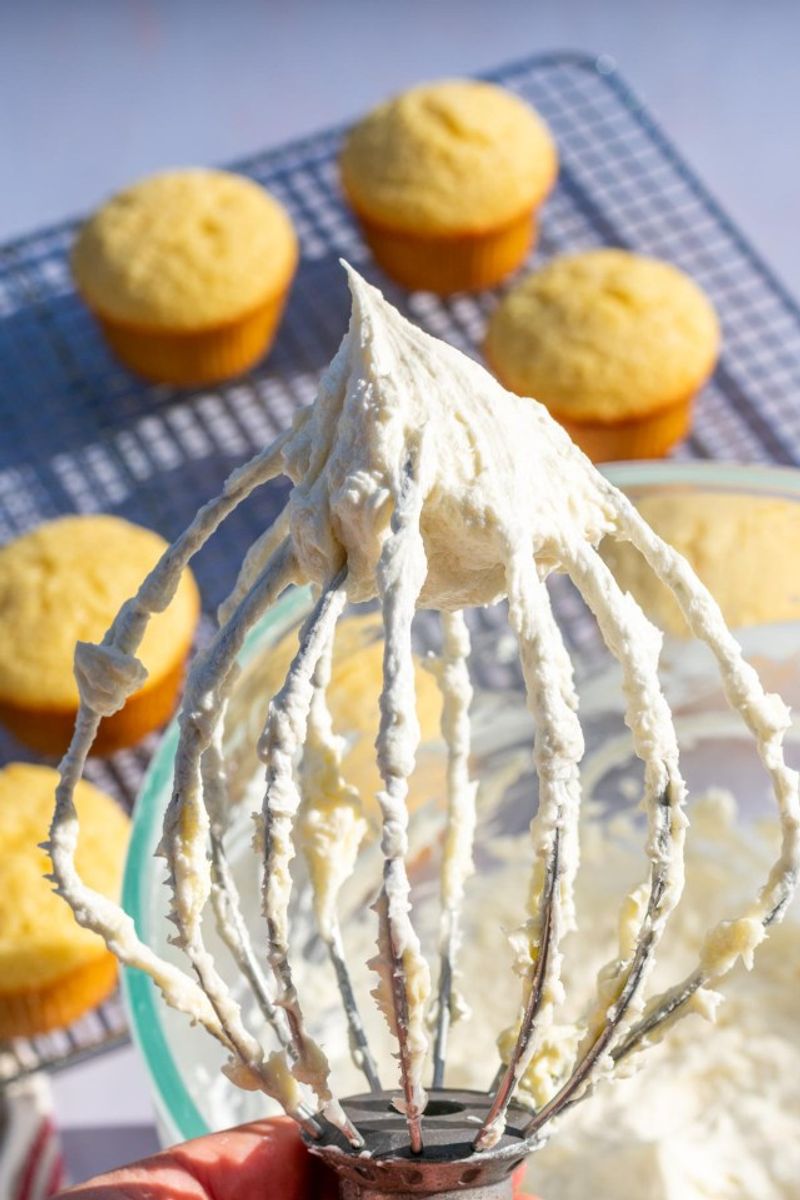
Weather can play a trickster’s role in baking. Imagine a humid day causing your frosting to melt unpredictably. This is vital for those living in areas with fluctuating climates.
Humidity can alter your cake’s texture, making it overly moist or causing it to collapse. Consider using a dehumidifier.
20. Overlooking Ingredient Order
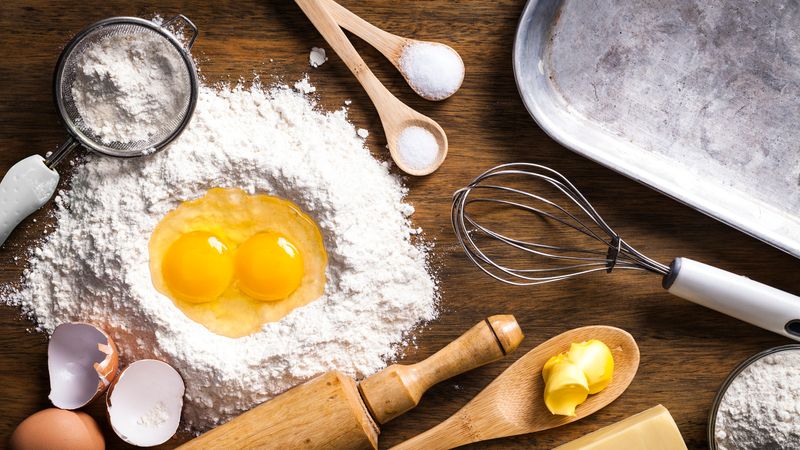
The order in which ingredients are combined can make a world of difference. Picture a symphony where each note must be played in harmony.
Mixing ingredients haphazardly may lead to inconsistent texture or uneven baking. Follow the recipe’s order strictly.

